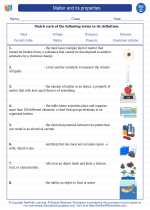Matter and its properties -> convection
Convection
Convection is the transfer of heat through the movement of a fluid (such as air or water). This process occurs when a warmer, less dense fluid rises, and a cooler, denser fluid sinks, creating a continuous circulation of the fluid.
How does convection work?
Convection occurs in fluids because as the fluid is heated, its particles gain energy and move faster, causing the fluid to expand and become less dense. This less dense, warmer fluid then rises, while the cooler, denser fluid sinks. This cycle creates a convection current, which transfers heat from one place to another.
Examples of convection
- Boiling water: The heat from the bottom of the pot causes the water at the bottom to become less dense and rise. As it reaches the top, it cools and becomes denser, then sinks back down to be reheated.
- Atmospheric convection: The sun heats the Earth's surface, causing the air above it to warm and rise. As the warm air rises, it cools and forms clouds, eventually releasing the heat as it sinks back down.
- Ocean currents: The unequal heating of the Earth's surface causes water to move in large convection currents, redistributing heat around the globe.
Why is convection important?
Convection plays a crucial role in the Earth's climate and weather patterns. It helps distribute heat around the planet, influencing everything from wind patterns to ocean currents. Understanding convection is also important in everyday life, as it explains how heating systems, ovens, and even natural phenomena like thunderstorms and hurricanes work.
Study Guide for Convection
Here are some key points to remember about convection:
- Convection is the transfer of heat through the movement of fluids.
- It occurs when warmer, less dense fluid rises and cooler, denser fluid sinks, creating a convection current.
- Examples of convection include boiling water, atmospheric convection, and ocean currents.
- Convection is important for distributing heat around the Earth and plays a key role in weather and climate patterns.
- Understanding convection is important for various real-world applications, from cooking to predicting weather events.
[Convection] Related Worksheets and Study Guides:
.◂Science Worksheets and Study Guides Third Grade. Matter and its properties

 Activity Lesson
Activity Lesson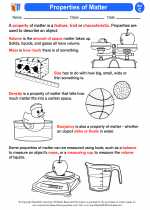
 Worksheet/Answer key
Worksheet/Answer key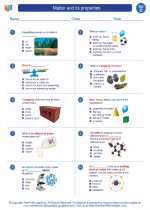
 Worksheet/Answer key
Worksheet/Answer key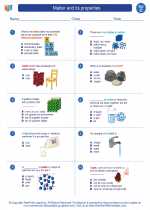
 Worksheet/Answer key
Worksheet/Answer key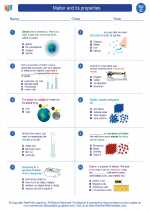
 Worksheet/Answer key
Worksheet/Answer key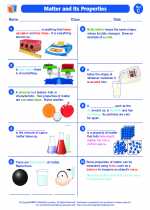
 Worksheet/Answer key
Worksheet/Answer key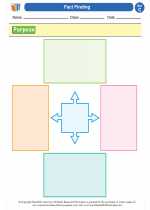
 Vocabulary/Answer key
Vocabulary/Answer key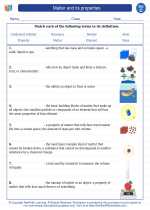
 Vocabulary/Answer key
Vocabulary/Answer key